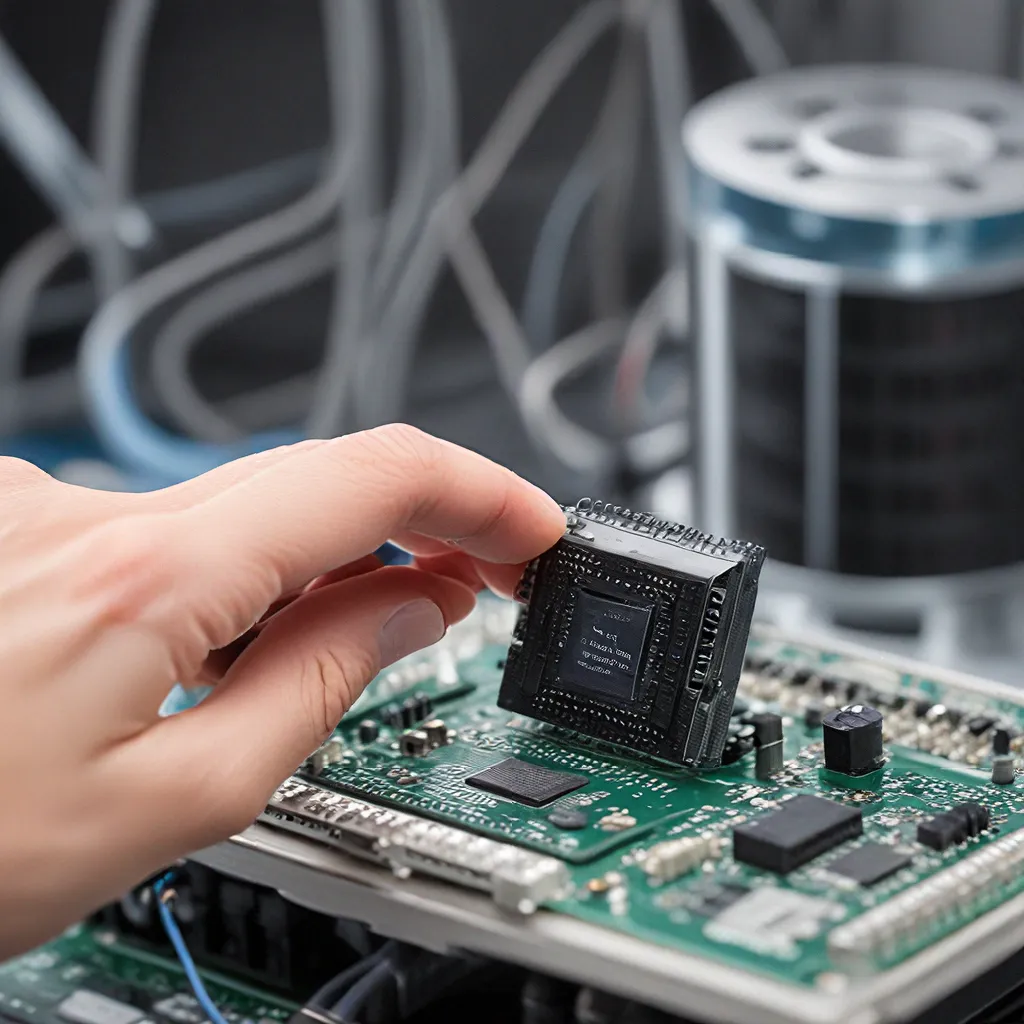
Unlocking the Power of Precise Sensor Networks
In the rapidly evolving landscape of the Internet of Things (IoT), sensor networks play a pivotal role in unlocking transformative capabilities across a wide range of industries. From smart city infrastructure monitoring to precision agriculture, the accuracy and reliability of sensor data are paramount. However, achieving the desired level of sensor precision is no easy feat, often requiring advanced calibration techniques and meticulous attention to detail.
In this article, we will delve into the importance of enhancing sensor precision through innovative calibration methods, and how these advancements are reshaping the IoT landscape. We will explore the key factors that influence sensor performance, the challenges inherent in maintaining optimal precision, and the cutting-edge strategies employed to overcome these obstacles. By the end of this piece, you will have a deeper understanding of the critical role of sensor calibration in unlocking the full potential of IoT applications.
Unveiling the Significance of Sensor Precision
At the heart of IoT ecosystems lies a vast network of sensors, responsible for capturing and transmitting a myriad of data points. These sensors, ranging from temperature, humidity, and pressure monitors to motion detectors and GPS modules, serve as the vital conduits for real-time information exchange. Accurate and reliable sensor data is the foundation upon which IoT-driven decision-making and automation are built.
Government studies have highlighted the importance of sensor precision in a wide array of IoT applications. In smart city initiatives, for instance, highly accurate traffic sensors are essential for optimizing traffic flow, reducing congestion, and enhancing public safety. Similarly, in precision agriculture, sensor-driven data on soil moisture, nutrient levels, and environmental conditions enables targeted and efficient resource management, leading to improved crop yields and reduced environmental impact.
Ultimately, the precision and reliability of sensor data determine the effectiveness and value of IoT-powered solutions. Inaccurate or inconsistent sensor readings can lead to flawed decision-making, suboptimal system performance, and even potentially dangerous situations. Therefore, enhancing sensor precision through advanced calibration techniques is a critical priority for IoT developers and system integrators.
Uncovering the Challenges of Sensor Calibration
Maintaining sensor precision is a complex and multifaceted challenge, as sensors are susceptible to a variety of environmental and operational factors that can compromise their accuracy over time. These factors may include temperature fluctuations, mechanical wear and tear, electromagnetic interference, and sensor drift – the gradual deviation of a sensor’s output from its true value.
Federal government websites have emphasized the importance of addressing these challenges, as uncalibrated sensors can lead to significant data errors and unreliable IoT systems. Traditional manual calibration methods, while effective, can be time-consuming, labor-intensive, and prone to human error, particularly in large-scale IoT deployments with thousands of sensors.
To overcome these limitations, advanced calibration techniques have emerged as a game-changer in the world of sensor networks. These innovative approaches leverage automation, machine learning, and data-driven algorithms to enhance sensor precision and ensure consistent performance over time. By continuously monitoring sensor behavior and proactively adjusting calibration parameters, these advanced methods can maintain optimal precision and minimize the impact of environmental and operational challenges.
Exploring Advanced Calibration Techniques
One of the key advancements in sensor calibration is the adoption of automated calibration systems. These systems use robotic fluid dispensers and specialized software to automatically perform calibration routines, eliminating the need for manual intervention and reducing the risk of human error. Automated fluid dispensing systems can precisely deliver calibration fluids to sensors, ensuring consistent and repeatable calibration processes.
In addition to automation, machine learning and data-driven algorithms are revolutionizing sensor calibration. By continuously collecting and analyzing sensor data, these advanced techniques can identify patterns, detect anomalies, and proactively adjust calibration parameters to maintain optimal performance. This dynamic, self-correcting approach to calibration is particularly valuable in dynamic environments where sensors are exposed to constantly changing conditions.
Moreover, IoT-enabled calibration solutions are emerging, leveraging cloud-based platforms and remote monitoring capabilities to centralize and streamline the calibration process. These integrated systems can automatically schedule calibration routines, track sensor performance, and provide real-time alerts for potential issues, empowering IoT system operators to maintain precision and optimize system-wide efficiency.
Unlocking the Potential of Sensor Networks
As sensor networks continue to play a pivotal role in the IoT ecosystem, the importance of sensor precision cannot be overstated. By embracing advanced calibration techniques, IoT developers and system integrators can unlock the true potential of sensor-driven applications, enhancing their accuracy, reliability, and overall effectiveness.
From smart city infrastructure to precision agriculture, enhanced sensor precision enables data-driven decision-making, automated optimization, and improved operational efficiency. By continuously monitoring and proactively adjusting sensor calibration, IoT-powered systems can adapt to changing environmental and operational conditions, ensuring consistent and reliable performance over time.
Moreover, the advancements in automated and data-driven calibration techniques streamline the maintenance and management of large-scale sensor networks, making them more scalable and cost-effective to deploy and maintain.
As the IoT landscape continues to evolve, the critical role of sensor precision will only grow more pronounced. By embracing these innovative calibration strategies, IoT professionals can future-proof their sensor network deployments, maximizing the value and impact of their IoT-powered solutions.